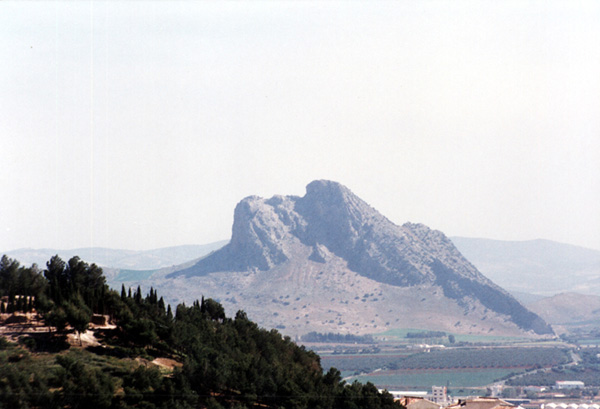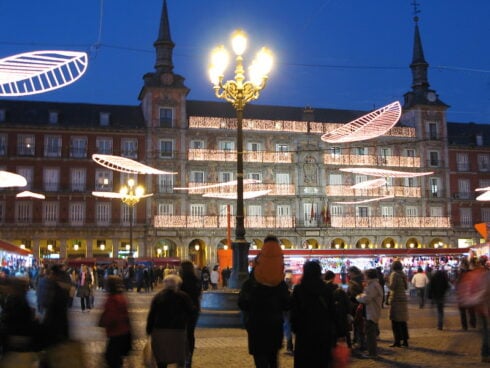NEW cave painting, that could be between 60,000 and 30,000 years old, has been discovered in Antequera.
The figurative representation has been located on the front of a large dolomitic block that has been tilted, so that the speleothems and signs drawn, originally vertical or subvertical, now appear horizontally.
The site is located near the town centre of Antequera, in an area once used as a burial site dating from the Copper Age.
The historic find, considered ‘one of the most important archaeological discoveries in recent decades in the province of Malaga’ was announced this Thursday, May 12, by the municipal delegate for Historical Heritage in Antequera, Ana Cebrian.
With this discovery, Antequera joins the already large number of decorated caves found in Malaga, such as the Nerja caves and several of its immediate surroundings, Ardales, Higueron and Victoria (Rincon de la Victoria), Calamorro (Benalmadena), Pecho Redondo (Marbella) and La Pileta (Benaojan).
According to Cebrian, this new cave painting discovered in Antequera is of ‘priceless historical heritage.’
“The figurative representation could trace the cultural expression of the first inhabitants of these lands back tens of thousands of years”, she said.
In fact, initial research on the painting, markings outlined using a red pigment, probably haematite; an iron oxide and the predominant colour in cave’s rock art, suggest it could be between 60,000 and 30,000 years old.
Together with caves in Extremadura, Portugal and the Cantabrian coast, Malaga has become a true ‘laboratory’ for the dating and interpretation of Palaeolithic Art.
READ MORE:
- Antequera dolmens receive UNESCO World Heritage status
- Experts in Spain slam damage done to Antequera Dolmens as ‘urban cruelty’
Click here to read more La Cultura News from The Olive Press.








